The 6 Types of Finishes That Will Enhance Your Aluminum Extrusions
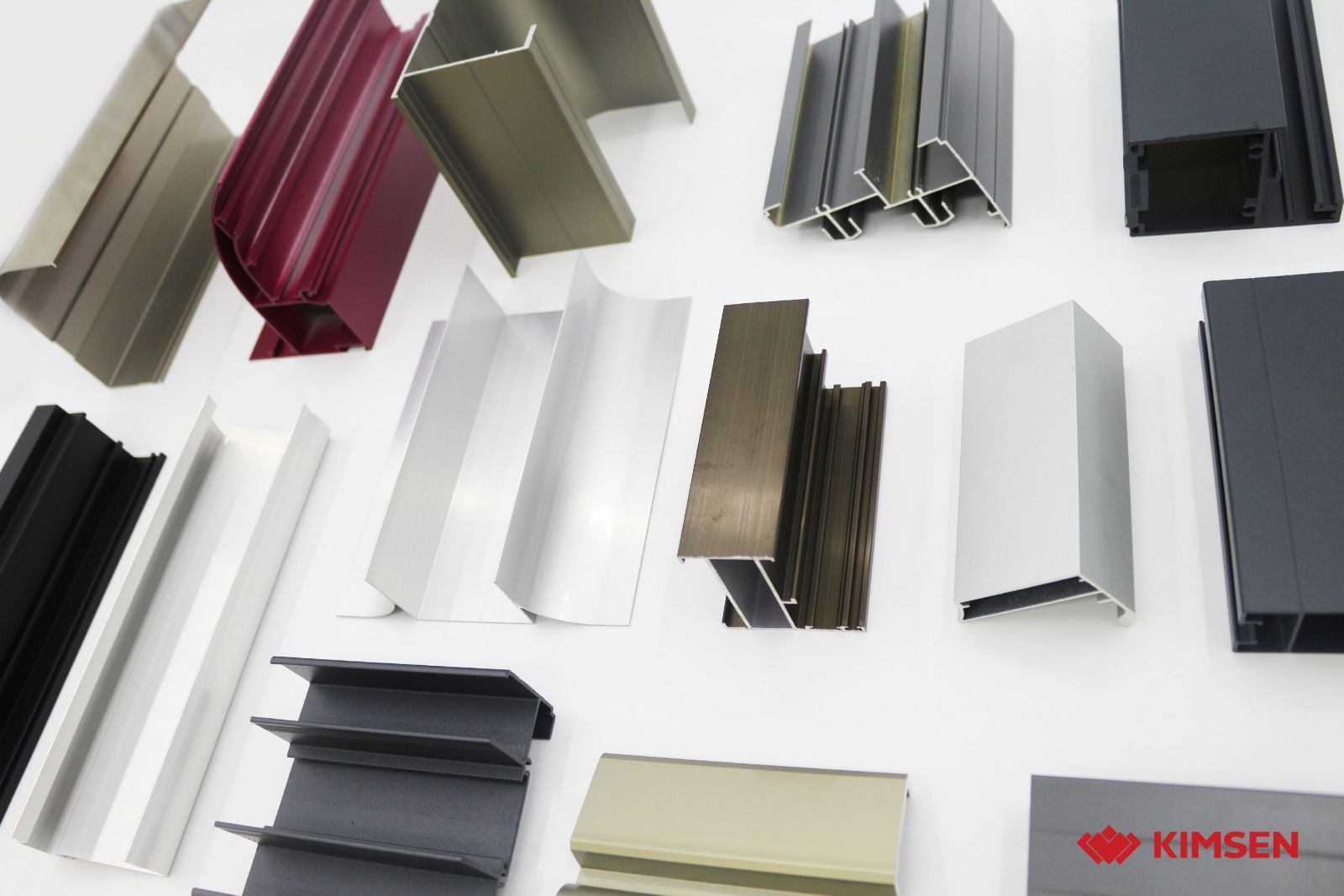
Once you’ve decided to design your custom aluminum extrusions, there are some important choices you need to make. One such choice is which finishing option to choose.
The 2 main reasons for the importance of finishing choice
Reason 1: Finishes can improve corrosion resistance.
Aluminum has a naturally occurring oxide film that protects it corrosion. This oxide film is sufficient for many applications. But in extreme environments, extra protection may be needed.
Reason 2: Finishes can enhance the appearance of the aluminum.
Depending on the look you are trying to achieve, you will need to select the appropriate finish. Maybe you want something that’s brightly colored. Maybe you’re trying to achieve a “mirror” finish. You need to choose a finish that will give you the look you want to achieve.
6 different types of finishes for extruded aluminum
1. Mechanical Finishes
Aluminum can be buffed, blasted, polished, grinded or sanded. These finishes can improve surface quality or prepare the aluminum for other cosmetic finishes.
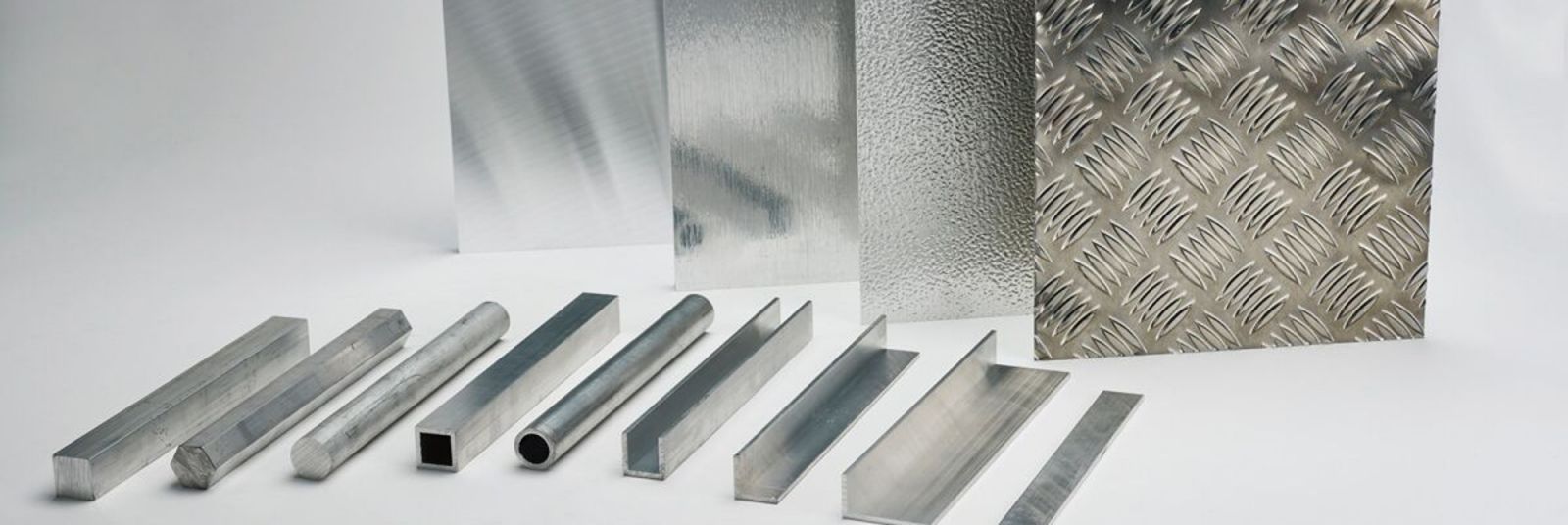
2. Pretreatment
The aluminum is either etched or cleaned with alkaline or acidic materials. Then a pretreatment coating is applied. This coating enhances powder or paint adhesion and provides resistance against corrosion.
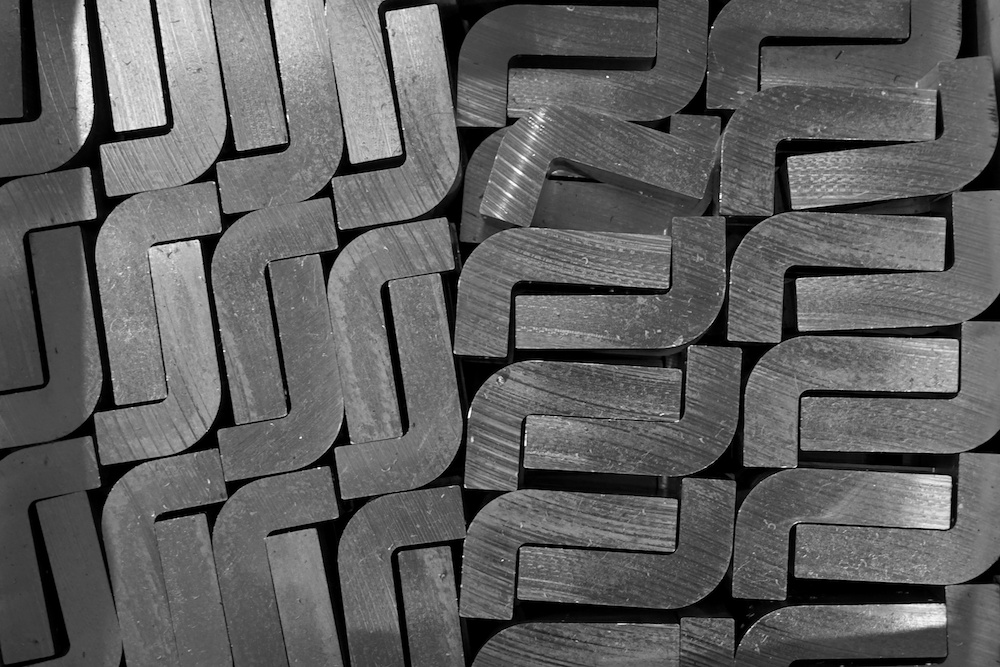
3. Bright Dipping
An extrusion can be bright dipped, giving the aluminum a specular or “mirror” finish. To do this, technicians put the profile into a special dip solution (a combination of hot phosphoric and nitric acids). After bright dipping, profiles can also be anodized, thickening the metal’s corrosion-resistant oxide layer.
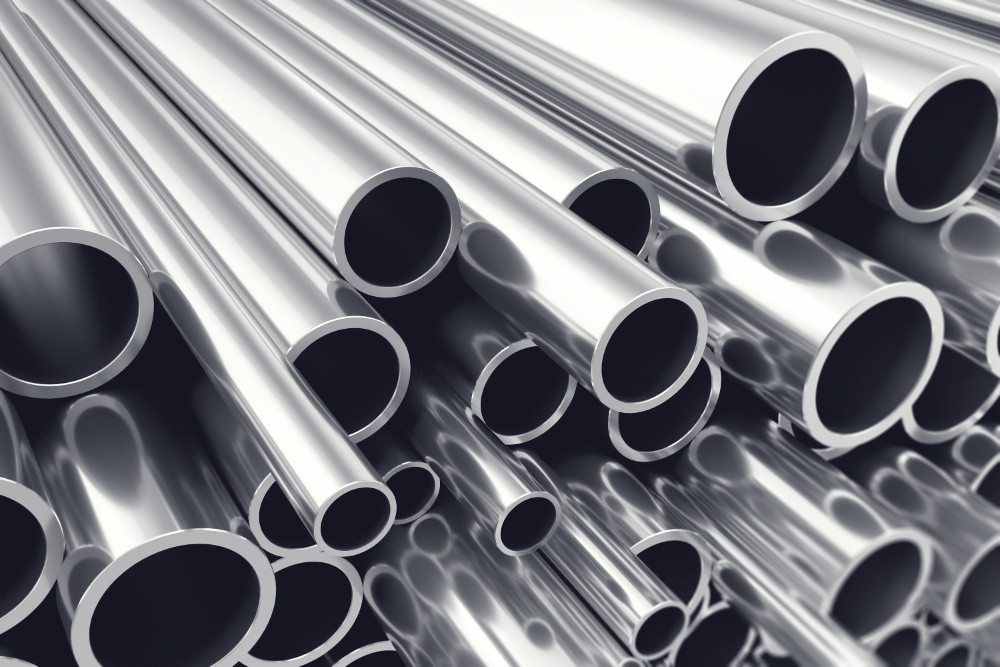
4. Anodizing
This electrochemical process provides additional protection aside the natural oxide film. A durable, porous anodic oxide layer is formed on the surface of the aluminum. Anodized aluminum will also accept vibrant colors. You can anodize any kind of aluminum alloy.
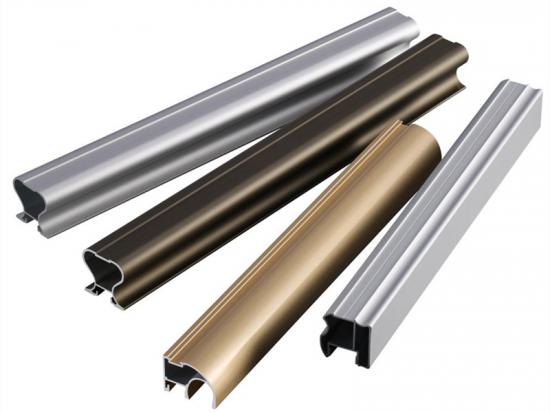
5. Liquid Paint
These coatings come in many colors and provide a uniform film thickness. Liquid coatings generally contain volatile organic compounds (VOCs). They are driven off during the curing or baking process. When the VOCs are gone the volume solids form a film on the extrusion.
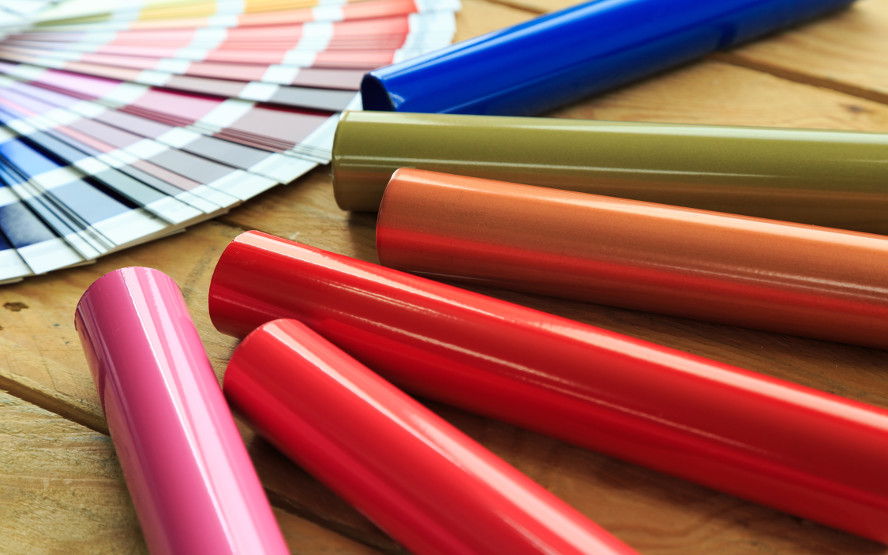
6. Powder Coating
Powder coatings leave behind a film that can meet stringent performance criteria. At the same time, they do not contain VOCs. This is ideal for meeting environmental regulations on VOCs. The product is applied as a solid on the extrusion. While going through the oven process, solid particles fuse together to form the film.
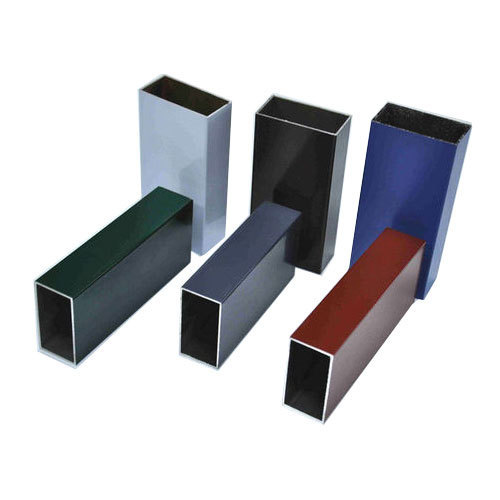
7. Sublimation
Have you ever seen aluminum extrusions that look like wood? After applying a base coat of powder, profiles can go through sublimation. Technicians wrap the profiles in a thin film with a pattern on it. The sublimation process transfers that pattern directly onto the extrusions.
.jpg)
Whether you’re designing a new building or the inside of a train, aluminum extrusions can be a key part of your project. Choosing an appropriate finish will ensure that your extrusions end up with the right appearance and appropriate corrosion-resistance.
>> Read more: KIMSEN's surface treatment services
Source: gabrian.com
Image source: Internet


 Chia sẻ:
Chia sẻ: